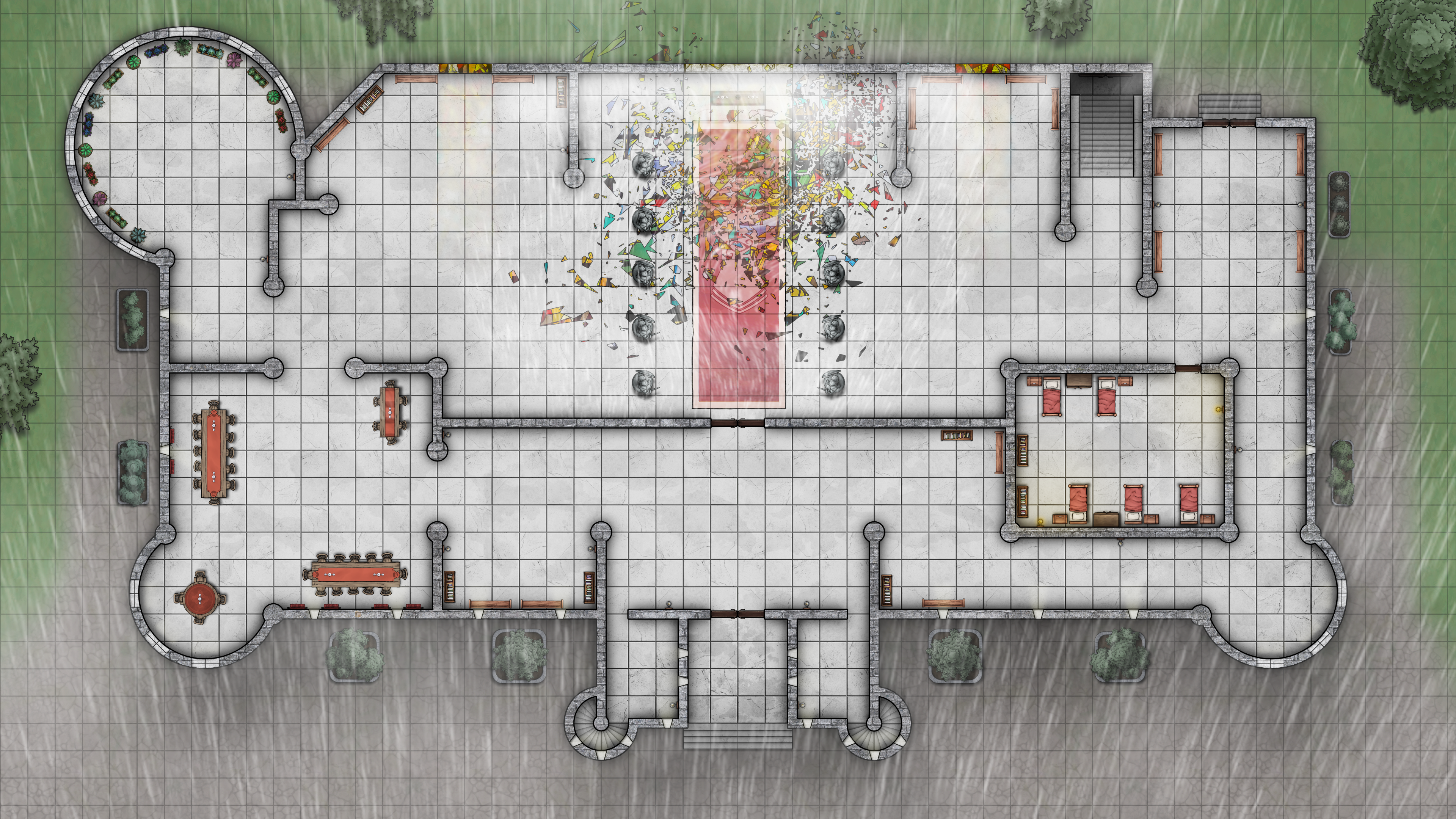
However, if you don’t trust your own judgment on these things, or just prefer not to think too hard about it, I’d recommend starting a negotiation with the maximum price for an item (based on its rarity) if a player is buying an item, and then letting the players bargaining skills determine how low it can go. If you price items based on their rarity be mindful that the suggested prices have a pretty wide range (a very rare item is worth between 5,001 gp and 50,000 gp, for example). When actually dealing with a player buying or selling an item, you should also consider their skills (or lack thereof) at negotiating.

Mind you, that before Xanathar’s Guide to Everything, official tables for selling magic items didn’t even exist!īut, of course, this doesn’t mean that we, as DM’s, aren’t expected to provide such opportunities for players understandably looking to replace the useful wand they found on an adventure. This, of course, assumes anyone would have them for sale, and it’s worth noting that, according to the DMG, magic shops are next to non-existent – finding a buyer is simply so hard that selling a potion of invisibility is not meant to happen in 5e. I’m not saying a potion of invisibility isn’t amazing, but it mimics a 2nd-level spell, and yet has the value of at least five cloaks of protection (an uncommon item listed at 101-500 gp that grants +1 to AC and all saving throws).Īnd that’s if you sold the potion for the lowest price, and bought the cloaks for the highest price, based on their rarity! If you took the highest estimated value for a very rare item and the lowest for an uncommon item, one potion of invisibility would be worth almost the same as 250 cloaks of protection! It’s a very rare, consumable item, so going by the DMG it should cost between 2,500 gp and 25,000 gp. Take a potion of invisibility as another example. Of course, determining the value of a magic item will often be subjective – as it is with fine art in the real world – and it’s logical that a rare item that is only useful in a very specific situation can be more expensive than a much more demanded but mass-produced item.īut this can only be the case to some degree, and there are quite a few cases where you can objectively say that in nearly all situations, one item is clearly a lot better than another, even though it has a lower rarity. Rarity covers supply, the missing link here is demand. A resource being scarce (rare) doesn’t mean that anyone wants it, and if no one wants it, it’s likely not very valuable. The main issue has to do with the fact that we’re ONLY using rarity to determine value. Winged boots, for example, are uncommon and thus assigned a value of 101-500 gp, while a potion of flying (that can only be used once!) is very rare and costs 2,500–25,000 gp (the price of a consumable magic item is half that of a permanent magic item). While it makes sense to have the relative power of a magic item determine its value, if you look closely at certain items in the 5E DMG, it quickly becomes apparent that rarity doesn’t always properly reflect how powerful or useful an item is.

Rarity, in other words, is meant to measure not only the availability of an item (how difficult it is to find) but also how powerful and valuable it is.


 0 kommentar(er)
0 kommentar(er)
